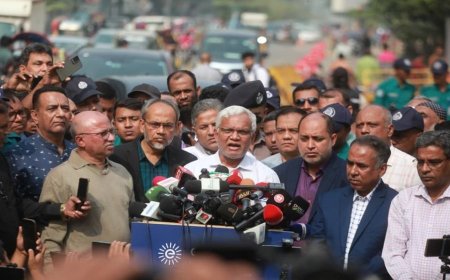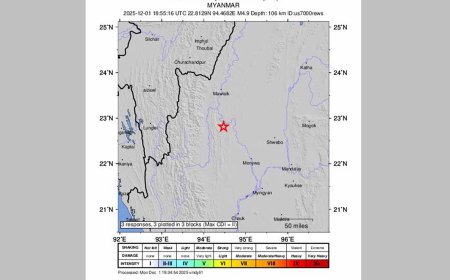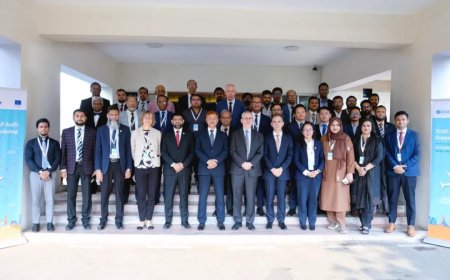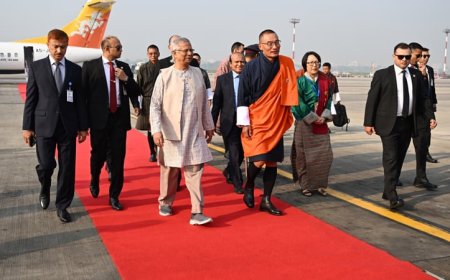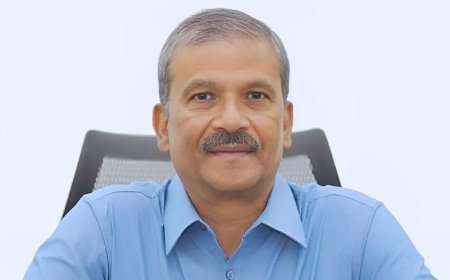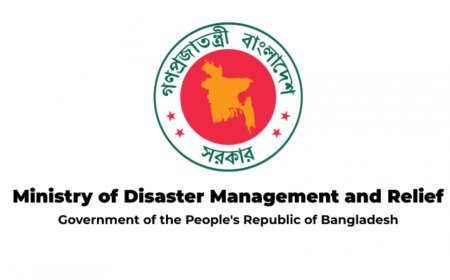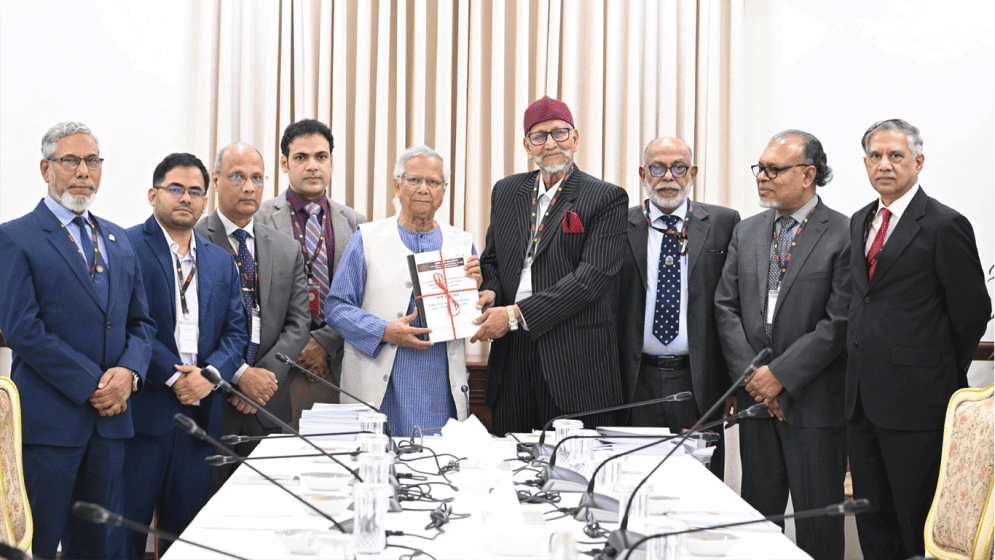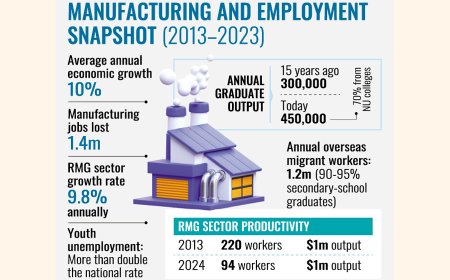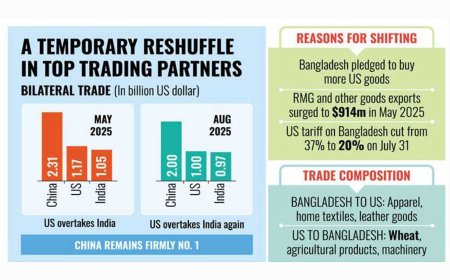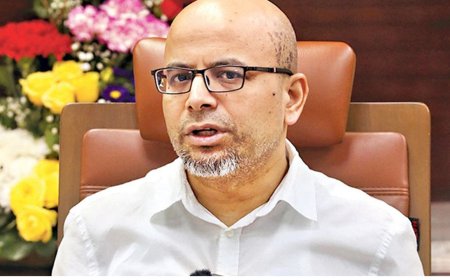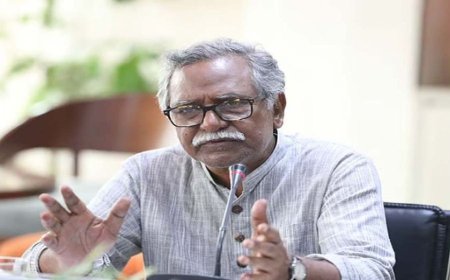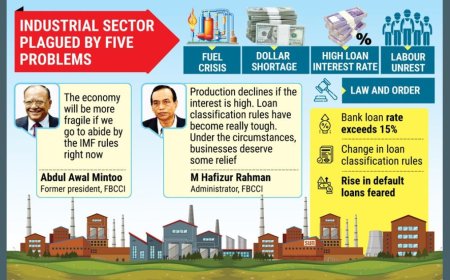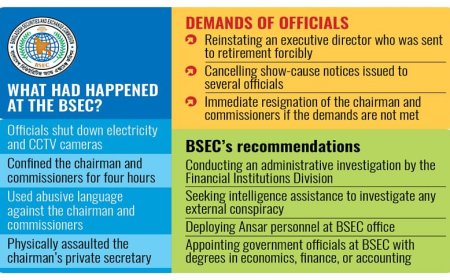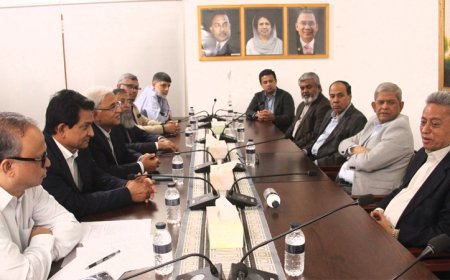A growth-driving economic corridor operating behind the scenes
A growth-driving economic corridor operating behind the scenes
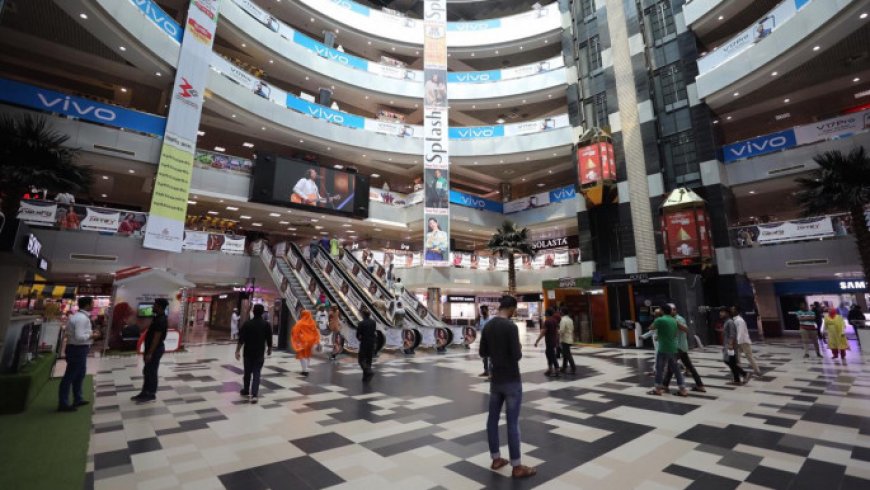
At the turn of the millennium, traveling by road between Sylhet and Dhaka felt like a journey through rough, rugged terrain. The trip took over 10 hours, with travelers enduring bumps along narrow, winding roads. Today, the travel time between the capital and the northeastern division bordering India's Seven Sisters has been drastically reduced, and the surrounding landscape, farmland, and rural settlements have undergone significant changes.
Factories now line the nearly 200-kilometer highway, producing goods for both domestic and international markets—a development unimaginable in the early 1990s. In Habiganj district, areas such as Shayestaganj, Chunarughat, Bahubal, and Nabiganj have emerged as industrial hotspots. In Madhabpur, once a quiet town, the morning stillness is now replaced by the footsteps of workers from nearby localities.
"The town has transformed into a bustling industrial hub, with activity all day long. Thousands of people are employed across various factories, bringing vibrancy to the area," said Sadekul Islam, a local resident who works in one of the factories. He noted that this transformation began gradually after the renovation of the Dhaka-Sylhet Highway in 2003.
Following the highway's upgrade, entrepreneurs rushed to acquire affordable land, leading to a surge in factory establishments. Large corporations purchased thousands of acres, and over the past 15 years, light, medium, and heavy industries have flourished.
Habiganj's role as a gas-producing region, contributing about 60% of the country's natural gas supply, played a crucial role in its transformation into a commercial hub.
"Once a neglected area with barren land and limited agricultural potential, Habiganj offered few job opportunities," recalled Miftaul Hossain Chawdhury, a trader from Madhabpur. He credited former finance minister Abul Maal Abdul Muhith, who encouraged entrepreneurs to establish factories in the region by ensuring access to state gas connections.
According to Siddiq Mia, a resident of the Shahpur area in Habiganj, the land was once fallow and prone to flooding, making it inexpensive. This combination of affordable land, available gas, and proximity to Dhaka attracted entrepreneurs, driving rapid industrial growth and creating at least 200,000 jobs.
"The highway has become a growth corridor," said Eleash Mridha, managing director of Pran Group, a major player in the region’s industrialization. He attributed much of this growth to Muhith's efforts to secure gas connections for local industries, even when new state gas connections were restricted elsewhere.
Pran-RFL Group was among the first to recognize Habiganj's potential, setting up an industrial park in Shayestaganj's Olipur area, where production began in 2013. To date, the group has invested Tk 6,300 crore, creating 25,000 jobs, mostly for women.
Other companies like RAK Paints, Star Ceramics, Square Group, and Jamuna Group soon followed Pran-RFL's lead. Mridha emphasized that the district's proximity to Northeast India, particularly Agartala, provided a strategic advantage for exports.
However, he noted that rising gas prices have dampened enthusiasm for further industrial expansion, and road infrastructure remains a significant challenge for future development.
In Narsingdi, the number of factories has tripled since 2014, further illustrating the region's industrial boom. Local businesses, like restaurants and stores, have also flourished, catering to the growing workforce.
Shamsul Huda, president of the Habiganj Traders Welfare Association, highlighted the critical role of the 2003 Dhaka-Sylhet highway renovation in transforming the area into a major industrial corridor. Further improvements, such as upgrading the highway to four lanes, could strengthen Habiganj's position as a key economic zone.
The Asian Development Bank (ADB) has recognized the Dhaka-Sylhet corridor as Bangladesh’s third most important, facilitating sub-regional connectivity with India, Bhutan, Myanmar, and China. However, the corridor's existing two-lane capacity is insufficient, hampering the movement of goods and passengers. ADB's ongoing project to expand the highway into four lanes aims to boost international and domestic trade.
Local stakeholders see even greater potential in areas like Chunarughat and Madhabpur, with the modernization of the Balla land port set to enhance trade with India.
While industrialization has spurred economic growth, it has also raised environmental concerns. Tofazzal Sohel, a local environmental activist, pointed out that unregulated factory expansion has led to severe pollution, affecting rivers, wetlands, and local biodiversity. Efforts are being made to address pollution through better monitoring, but challenges remain.
Overall, Habiganj’s transformation from a neglected agricultural area to a bustling industrial hub is a story of strategic development, infrastructure improvements, and the balancing act between growth and environmental sustainability.
What's Your Reaction?







